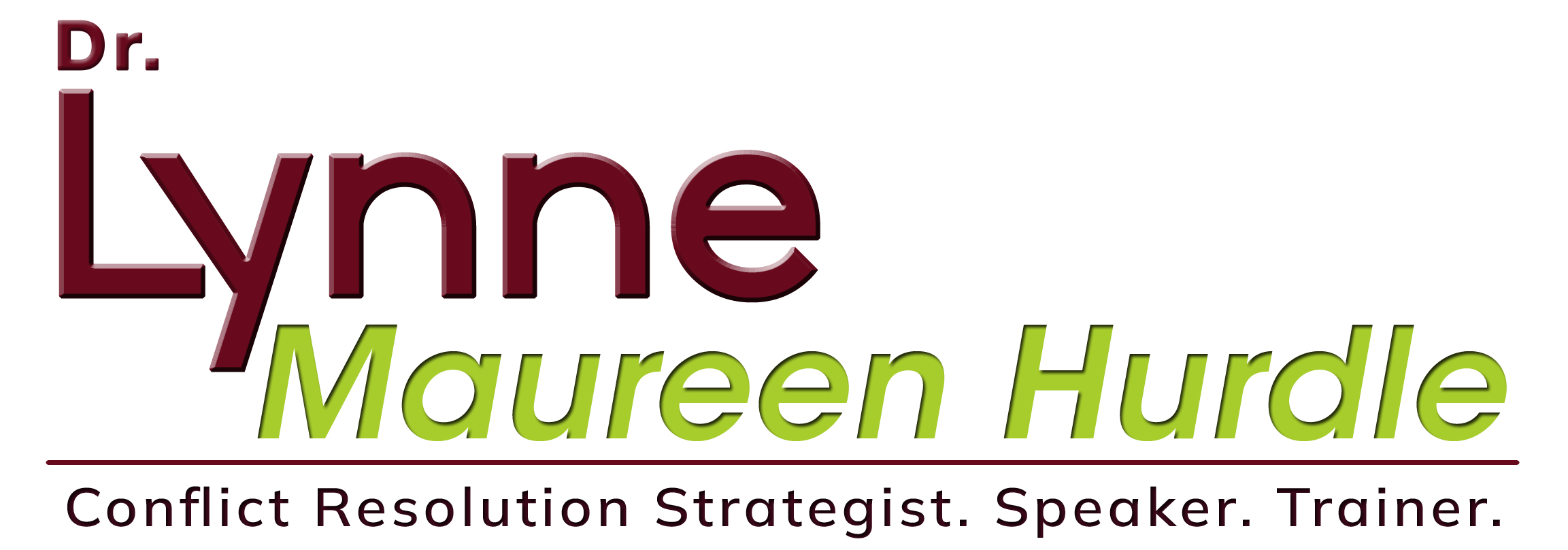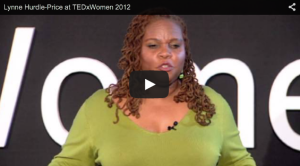How You Can Start Using It Now
One of the biggest mistakes I made happened early on in my conflict resolution career. I was helping a father and son talk about some family difficulties between them. They were a Latino family and the father was very skeptical about talking to me. He didn’t want to have his family business discussed with someone outside of the family. He also did not want to go against what he was teaching his children, in particular his son, who was sitting with us.
In his culture, you don’t take family confrontations or problems outside of the home. The interesting thing is that I already knew this from my own culture, but I had not thought of it when representing the dominant culture of talking out your problems with someone else outside of your family. You see I grew up with a mother and father who made it very clear. You do not talk about the family business or air the dirty laundry outside of this family. Period!
Cultural norms are steeped and rooted in values. Our values are guiding principles and often the most overlooked thing when it comes to conflict. How many times do you hear someone talk about the values that they’ve heard from someone they were listening to? Most people don’t speak in values “I value this, I value that.” Rather if you’re listening beneath the words, you can understand and pick up on what they value.
In conflict situations, values dictate need and they also dictate what is defined as a problem on what needs to be solved and how it needs to be solved. Ultimately, any solution needs to align with people’s values, even if they don’t say as much. This father valued family and his culture, and family roles and privacy, and honesty. Yet he didn’t use those words to express all of that. When he challenged the process I was using, it was a challenge based on his values and I had to respect that and listen.
Listening for values is the most powerful part of listening that most people neglect.
Think about your own values and how strongly they influence you, your behavior, your thoughts, even your feelings. Now think about the last conflict that you had, see if you can identify the values that conflict was rooted in. This is the first step in learning how to listen for values. Here are three more.
Listen beneath the words.
When you are listening for values you are listening for the words that tell you what this conflict is really about and why. When someone says, ‘I am disappointed that I was never asked my opinion on this report’, they are telling you what they value. They value belonging, they value honesty, and they probably value order as well. They may feel like they were passed over when their position dictates that they should have been consulted. So essentially, I’m telling you to listen beyond the content.
Paraphrase back what you heard that they value.
If you know anything about paraphrasing at all you’ve probably been taught to repeat back the main ideas and feelings of the person speaking. That’s exactly right, but I’m telling you the missing ingredient is to also repeat back the values. That changes the game for folks. First of all, its words they most likely did not say, but when you get it right, it’s words that they connect to. This is often when the conflict begins to shift.
Listen even more deeply.
After you’ve done these two things you most likely want to say more, but what you need to do is to listen even more deeply so that you can understand how the conflict itself is rooted in their particular values. Once you are ready for the conversation to move toward solutions, you will know what values those solutions must align with. Then you can take on the challenge of seeing where you have mutual values and how you can resolve things to satisfy both of you.
Go ahead and try this out. I guarantee you it takes your listening to the next level.
In love,
Lynne





